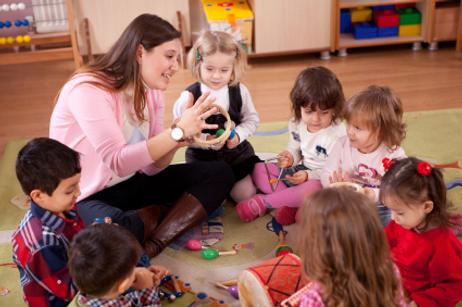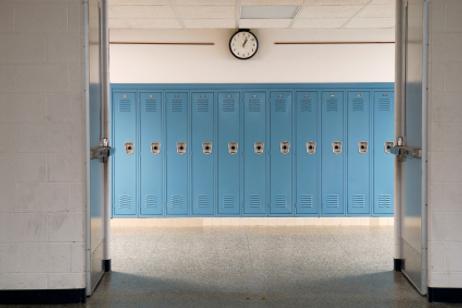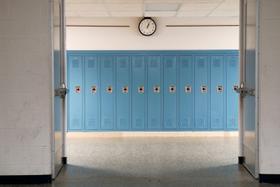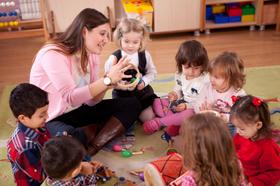For parents who are, for the first time, introducing their young child into public school classes, or for parents who are helping their child to adjust to a new and/or different school, there are specific strategies and tips that can help students successfully adjust. As the National Association for the Education of Young Children (NAEYC) explains, “Back to school time often means changes for children and families: the first day of kindergarten or first grade; new preschools or child care settings; new classrooms and new teachers. Making smooth transitions between home, programs and schools can help children feel good about themselves and teach them to trust other adults and children.”
By helping kids adapt to new situations and settings, parents can engage in their child’s education and feel at ease regarding their son or daughter’s successful transition to a new school.
Helping Students Transition Successfully
For children who are naturally outgoing, these kids may face fewer issues and challenges at a new school; however, if children are shyer and reserved, it can take a few weeks for them to adjust before becoming comfortable in the new school environment.
As NAEYC explains, transitions established by parents can help students comfortably and confidently move into a new setting and social situation: “Transitions are exciting opportunities for children to learn and grow. Parents and early childhood professionals share a role in


















